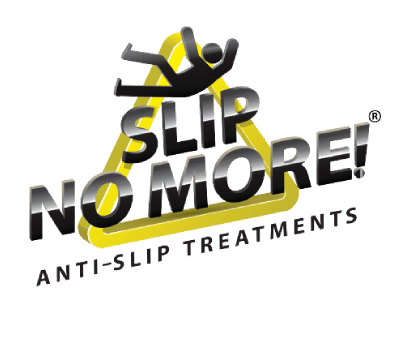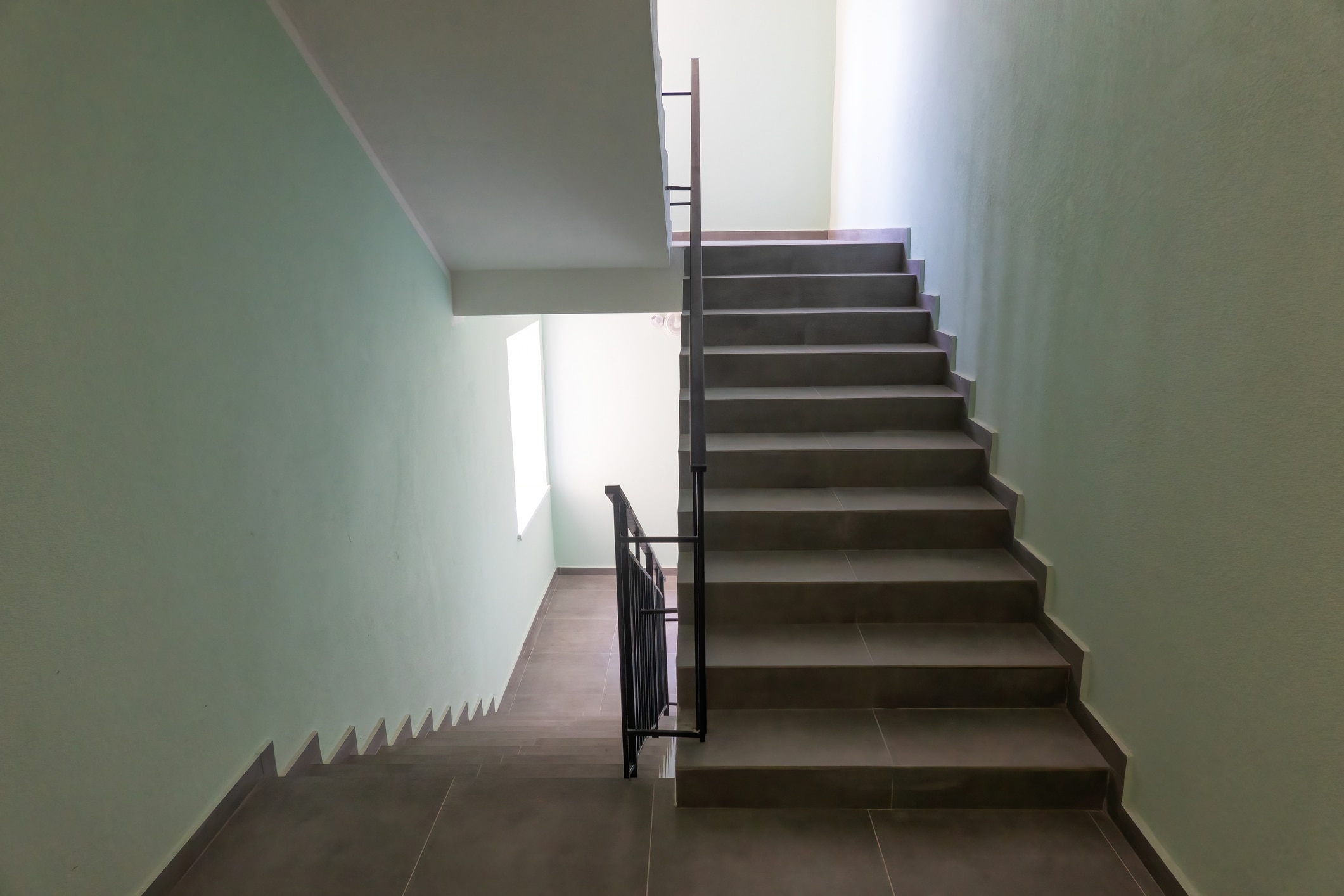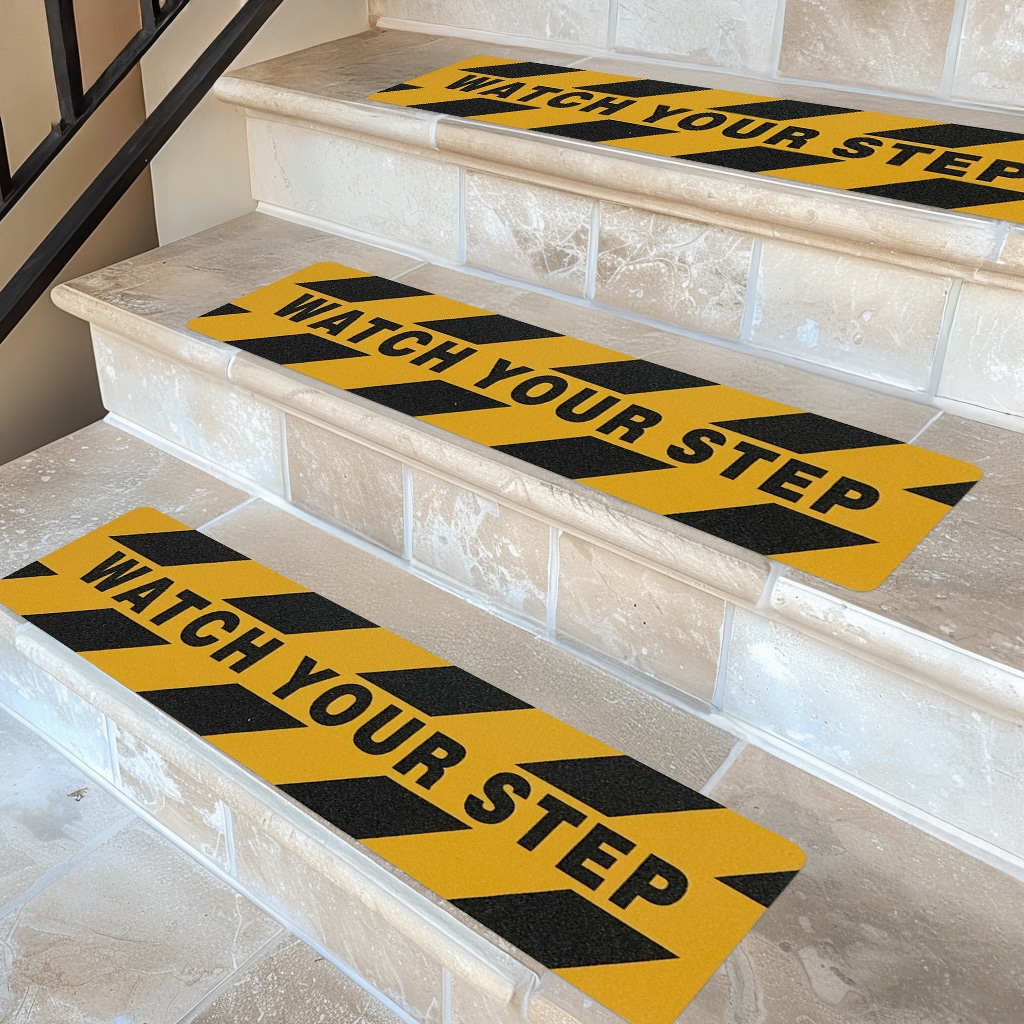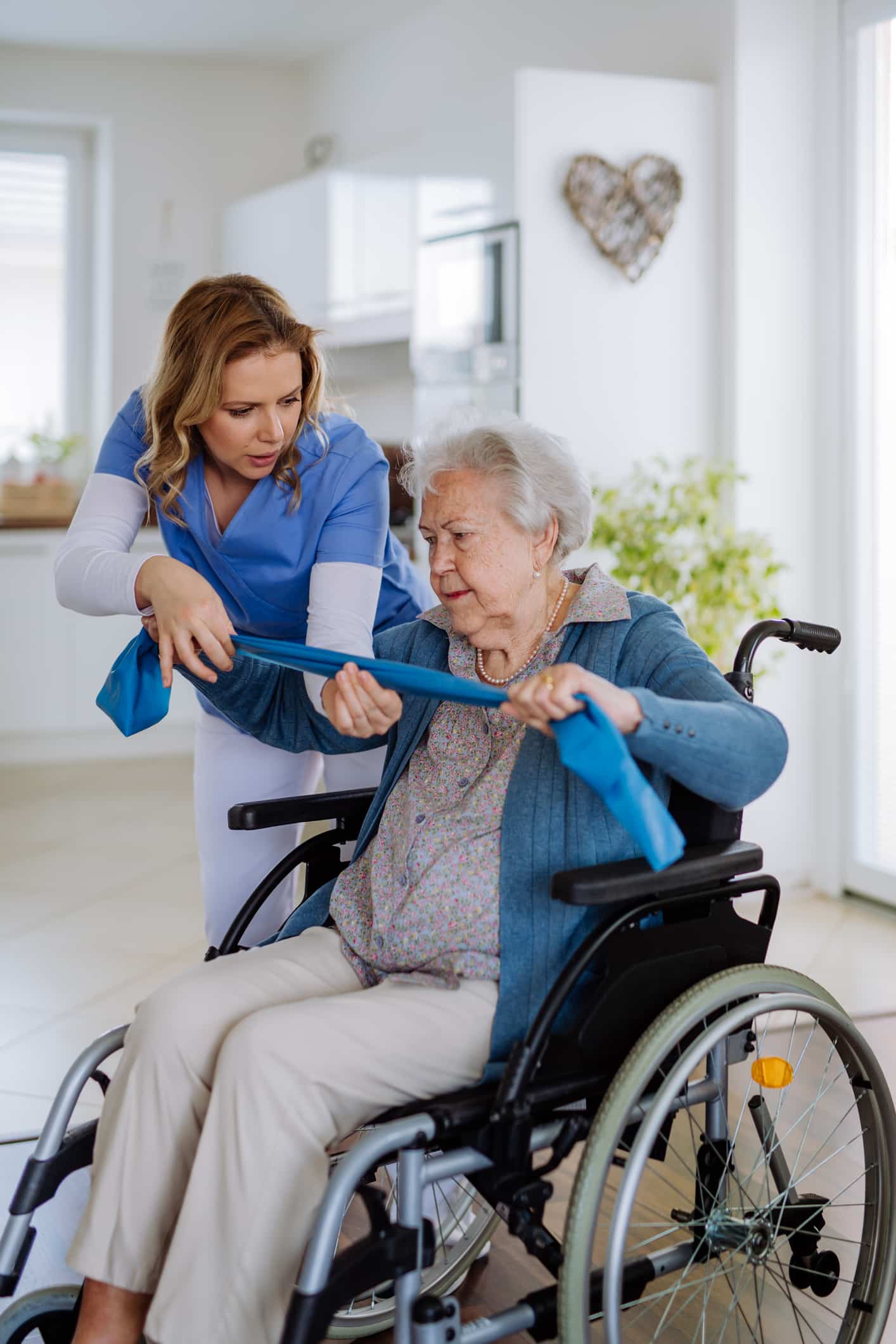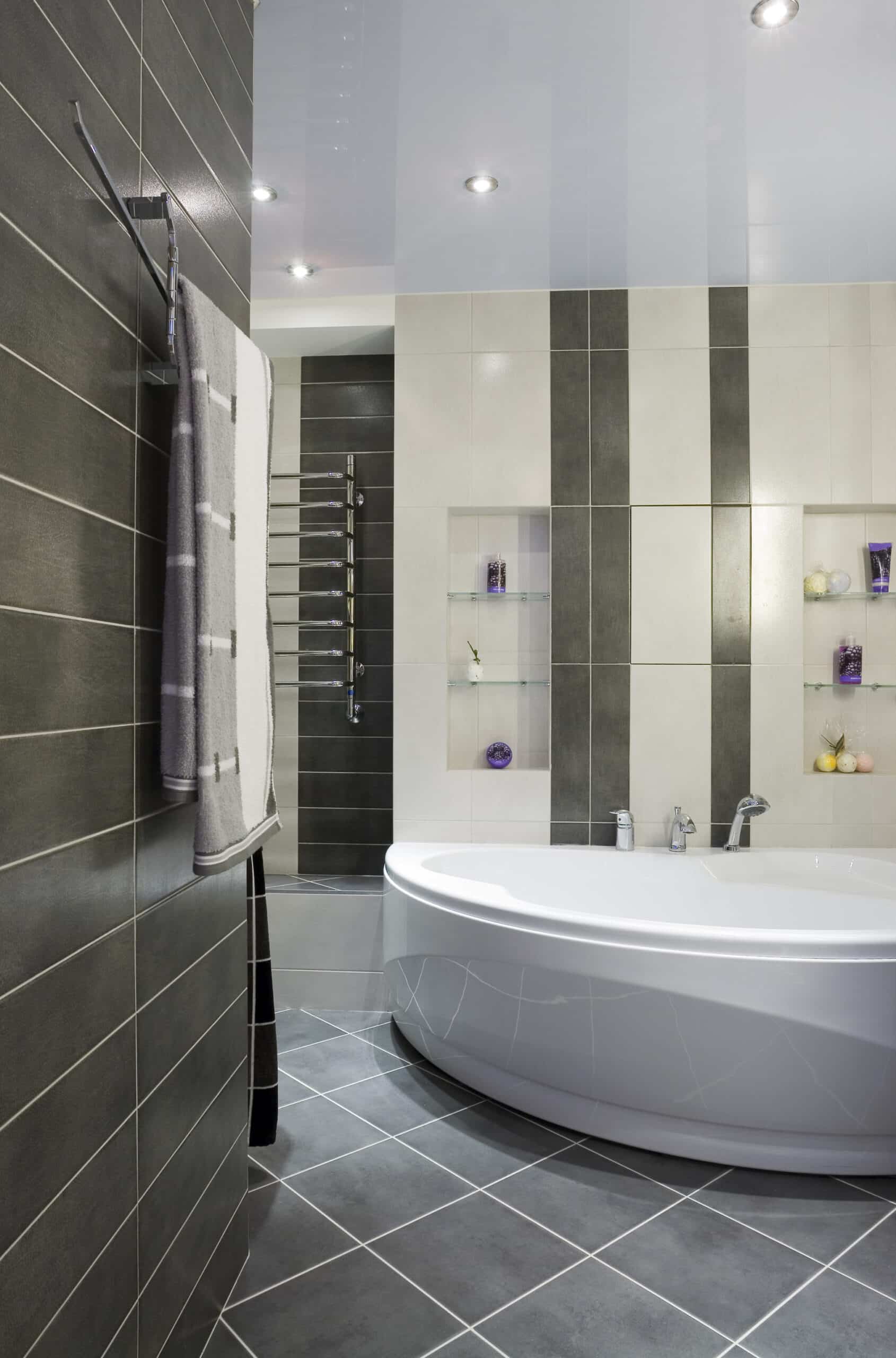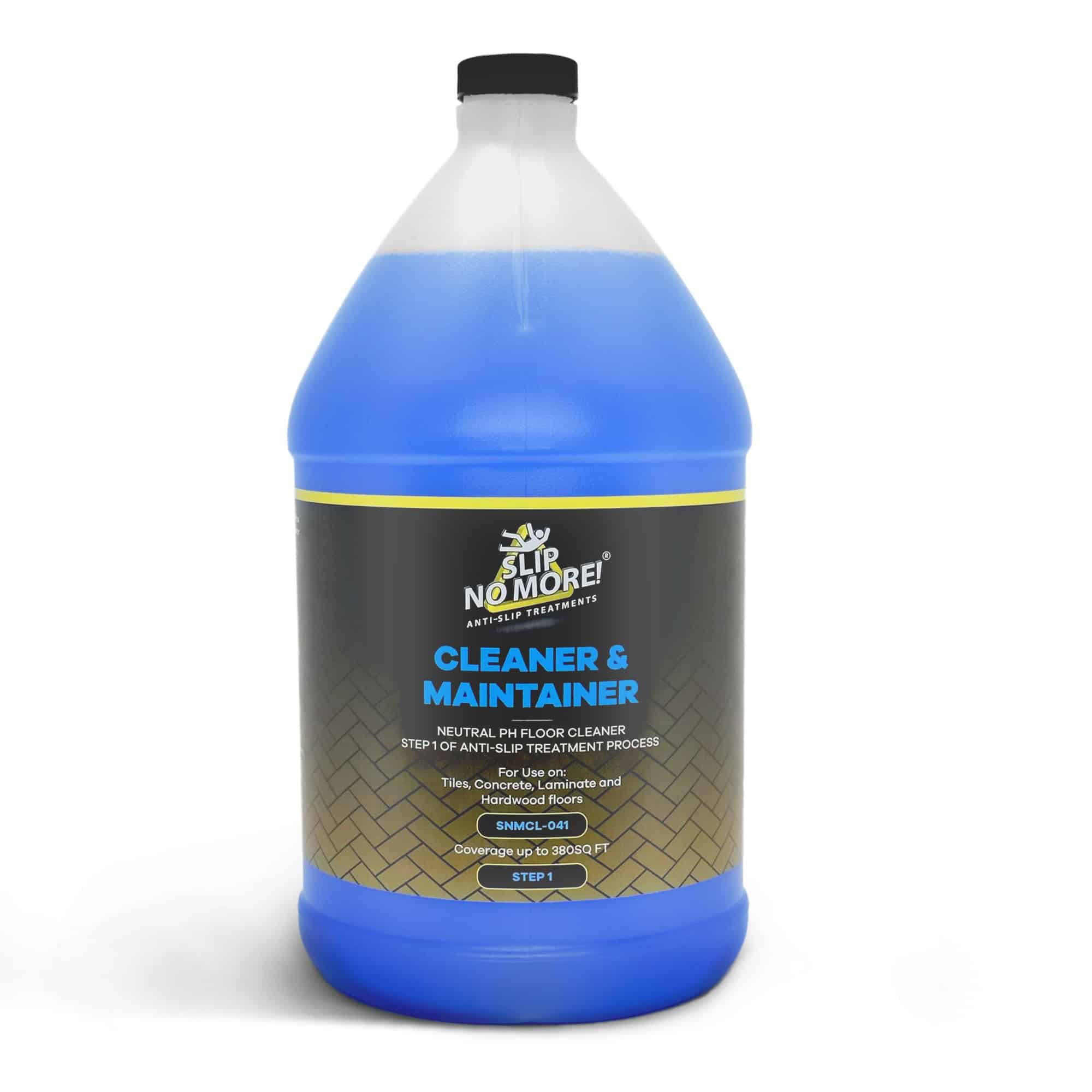Safeguard your home or workplace: Effective techniques for maintaining slip-free floors & stairs.
Would you rather achieve slip-free floors & stairs than worry about your friends and family being injured? Then look no further!
This article explores effective techniques for cleaning and maintaining slip-free floors & stairs. Ensuring safety and peace of mind for you and your loved ones.
Not only is it essential for preventing accidents but also for maintaining slip-free floors & stairs. It also contributes to your space’s overall cleanliness and appeal.
Whether you are a homeowner, business owner, or facility manager, implementing the strategies discussed in this article will safeguard your premises and protect those who frequent them.
Slippery floors no longer need to be a hazard! We carry a wide range of slip-prevention products that are accessible to entry-level DIY enthusiasts.
The importance of slip-free floors & stairs
A significant risk in residential and commercial settings is posed due to slippery floors. Severe accidents and injuries ranging from fractures to head trauma can occur due to slips and falls. Falls cause physical harm and the possibility of expensive medical bills, legal issues, and decreased productivity. Slip-free floors & stairs offer increased traction, reducing the risk of falls and slips. You will be able to promote confidence and peace of mind. It will allow people to move freely without worrying about potential hazards.
In the past, achieving slip-free floors and stairs was difficult for a number of reasons. We have made our products available to consumers, commercial customers, and heavy industry alike.
Common causes of slippery floors
Various factors lead to slippery floors, and identifying these causes is crucial in implementing effective cleaning and maintenance techniques. Below are some common causes of slippery surfaces:
- Spills and moisture: Spills from liquids such as water and oil commonly cause slippery floors.
- Incorrect cleaning methods: Using the incorrect cleaning products or techniques can leave residue on the floor leading to slipperiness. Adopting the correct cleaning practices for different flooring types is essential.
- Lack of regular maintenance: Routine cleaning and maintenance neglect can accumulate dirt, grime, and other substances that lead to slippery floors. To prevent slip hazards, regular upkeep is vital.
By understanding the causes, you are able to take proactive measures to mitigate slip and fall risks. Ensuring a safe environment. We have a team of trained floor safety advisors who can help you choose the right products.
Types of slip-resistant flooring
Several options for slip-free floors & stairs cater to different needs, requirements, and preferences. Below are some popular options:
- Non-Slip tiles: Specially designed tiles with a rough texture to enhance traction. It is most commonly used in bathrooms, kitchens, and other areas prone to moisture.
- Vinyl Flooring: Offering slip resistance and easy maintenance, vinyl is an extremely versatile material and is available in numerous styles and designs, making it suitable for both commercial and residential spaces.
- Carpeting: If properly installed and maintained, carpets offer excellent slip resistance, cushioning, and softness, all while reducing the risk of slips and falls.
- Epoxy Flooring: A durable and slip-resistant surface is created with epoxy coatings. They are most commonly used in industrial and commercial settings, with heavy foot traffic and frequent spillages.
With the correct choice of flooring, you can significantly reduce the risk of falls and slips. However, regular cleaning and maintenance are imperative to ensure slip resistance. To learn more about slip prevention, we have a dedicated YouTube channel that will answer a lot fo your questions.
Cleaning and maintenance essentials for slip-free floors & stairs
A systematic approach is needed when cleaning and maintaining slip-free floors & stairs. To achieve this, follow the essential steps listed below:
- Regular sweeping and vacuuming: To prevent the accumulation of particles that may compromise slip-free floors & stairs, using a broom, vacuum, or combination of both, remove the loose dirt, dust, and debris from the floor.
- Mopping with suitable cleaning solutions: Avoid harsh chemicals or excessive water, as they can damage the slip resistance. Instead, opt for a pH-neutral cleaner or a cleaner specifically designed for slip-free floors & stairs.
- Spot cleaning spills immediately: Blot the area with a clean cloth or paper towel and use an appropriate cleaner to remove any residue.
- Regular deep cleaning: Using a scrubber or a low-speed floor machine with a suitable brush or pad, periodically deep clean the floor. This assists in removing embedded dirt and grime that regular cleaning may miss.
Each type of flooring requires specific cleaning and maintenance. Therefore, it’s essential to consult the manufacturer’s guidelines or seek professional advice to ensure you’re using the correct products and methods. Check out our Facebook and Instagram profiles to see more about slip prevention products.
Choosing the right cleaning products for slip-resistant floors
It’s crucial to select the appropriate cleaning products to maintain slip-free floors & stairs effectively. Below are some factors to consider when choosing cleaning solutions:
- pH-neutral cleaners: pH-neutral cleaners effectively remove dirt and grime without compromising the resistance and are safe for the environment too.
- Non-abrasive formulas: Abrasive substances or ingredients can damage the surface of the floor by wearing down the slip-resistant properties over time. Therefore, it’s essential to avoid these at all costs.
- Manufacturer recommendations: Refer to the manufacturer’s guidelines for any specific cleaning product recommendations, as they often provide a list of approved cleaners that are safe to use on their products.
- Eco-friendly options: Free from harsh chemicals, these products are safer for the environment and reduce the risk of allergies or respiratory issues for individuals using the space.
The choice of cleaning products is imperative in effectively maintaining slip-free floors & stairs, as the correct ones won’t compromise their safety features.
Regular cleaning techniques for slip-resistant floors
Regular cleaning is imperative in maintaining slip-free floors & stairs. By incorporating the below techniques into your cleaning routine, the prevention of slips and falls increases drastically:
- Sweep or vacuum: Focus on high-traffic areas and spots where spills are prone, using a broom or vacuum to remove loose dirt, dust, and debris.
- Damp mop: Focusing on high-traffic areas and areas prone to spills, dampen a mop with a suitable cleaning solution, wring out any excess liquid, and thoroughly mop the floor.
- Rinse thoroughly: Rinse the mop thoroughly after mopping and go over the floor with clean water to help remove any residue left behind by the cleaning solution.
- Dry the floor: Dry the floor surface completely using a dry mop or towels.
Regular cleaning should be done as often as possible, depending on the foot traffic level and environment type.
Deep cleaning techniques
A more intensive form of cleaning, namely deep cleaning, is used to remove stubborn debris, dust, grime, and stains. Here are some techniques to consider:
- Automatic scrubbing machines: Using an automatic scrubbing machine with a suitable brush or pad, the dirt from the floor is agitated and lifted.
- Steam cleaning can effectively remove deep-set dirt and grime without harsh chemicals. However, it is imperative to check if steam cleaning suits your specific type of flooring.
- Stain removal: Promptly addressing stains prevents them from becoming permanent. A mild cleaning solution or stain remover specifically formulated for the type of flooring must be used.
Deep cleaning should be done periodically, depending on the dirt level and your space’s specific requirements.
Preventative measures for slip-resistant floors
Regular cleaning and maintenance are imperative. However, implementing preventative measures further enhances the safety and slip-free floors & stairs.
- Non-slip rugs and mats
- Warning signs
- Adequate lighting
- Slip-resistant footwear policies
The combination of regular cleaning, deep cleaning, and preventative measures can assist in creating a slip-resistant environment that provides safety and reduces the risk of slips and falls.
Conclusion: Maintaining slip-free floors for a safe environment
Don’t let slippery floors be a hazard any longer. With the implementation of the techniques mentioned in the article, you create a space that is both safe and visually appealing. Maintaining your slip-free floors & stairs is crucial!
If you enjoyed this article, why not learn about how to clean your non-slip floors?
